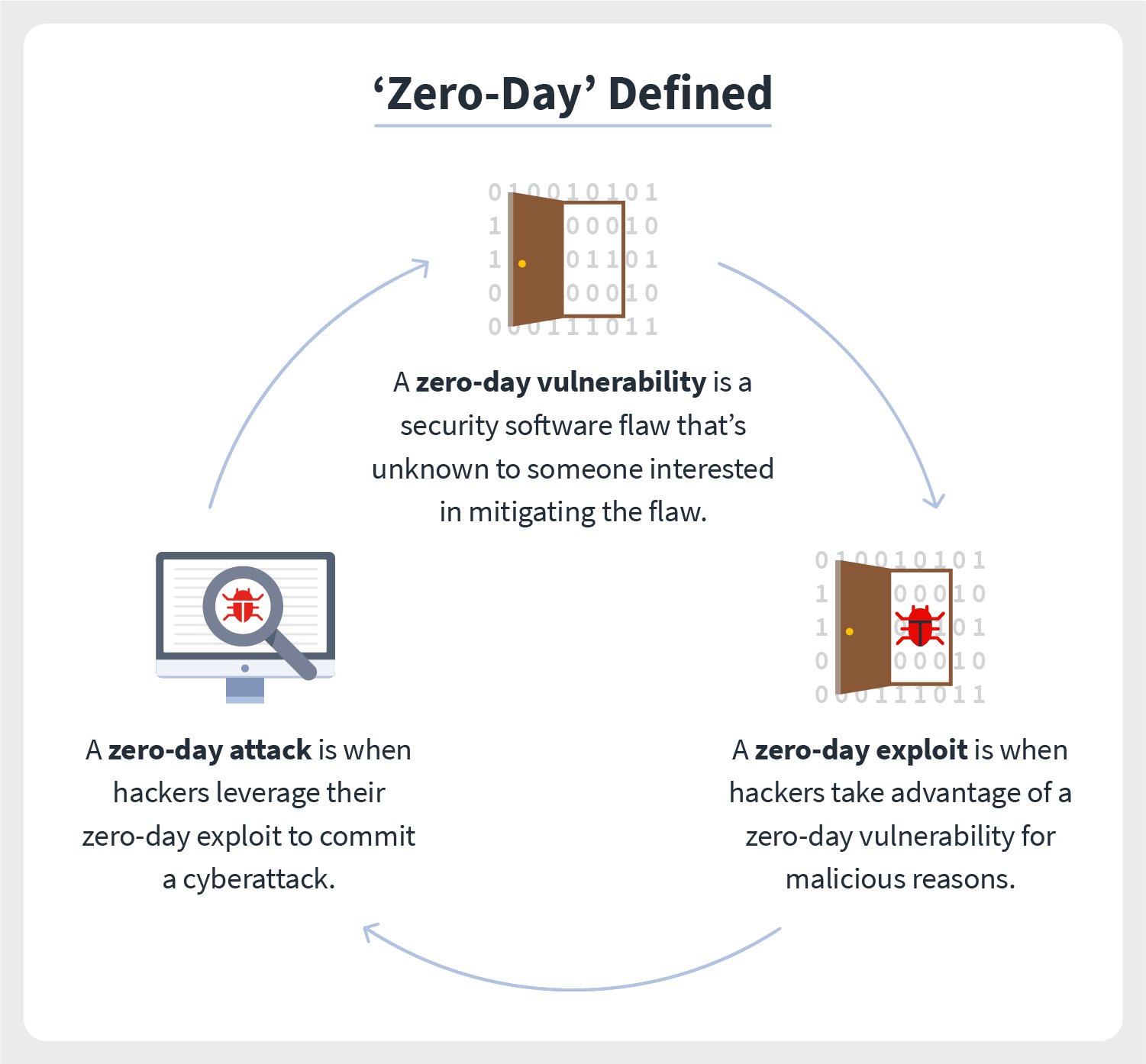Welcome to Explore tomorrow, today on our Technology Trends page. It's your compact guide to the innovations shaping our future. Stay ahead and dive into the digital age with us.
Friday, April 5, 2024
Evolving Cybersecurity Threats: Trends to Watch in 2024
4. Zero-Day Exploits:
Wednesday, April 3, 2024
Safeguarding the Digital Frontier: Cybersecurity Innovations and Challenges
Safeguarding the Digital Frontier: Cybersecurity Innovations and Challenges
In an interconnected world where data flows freely and digital transactions abound, the importance of cybersecurity cannot be overstated. As technology continues to advance at a rapid pace, so too do the threats posed by cybercriminals and malicious actors. In this ever-evolving landscape, cybersecurity innovations are essential for protecting our digital assets and preserving the integrity of our online ecosystems. However, alongside these innovations come formidable challenges that require constant vigilance and adaptation.
The Rise of Cybersecurity Innovations
Challenges on the Cybersecurity Horizon
Collaboration and Resilience: Navigating the Cybersecurity Landscape
Furthermore, raising awareness about cybersecurity best practices and promoting digital literacy among users is critical for building a cyber-resilient society. By empowering individuals with the knowledge and skills to protect themselves online, we can collectively create a safer and more secure digital environment for all.
Conclusion: Securing the Digital Future
Tuesday, April 2, 2024
Exploring the Latest Innovations in Technology
Artificial Intelligence (AI) Redefining Industries
Artificial intelligence continues to revolutionize industries across the globe. From predictive analytics to autonomous vehicles, AI is driving efficiency and innovation. One of the latest trends in AI is the advancement of natural language processing (NLP), enabling machines to understand and generate human-like text. Companies are leveraging NLP to improve customer service, develop virtual assistants, and even create content. With the rise of transformer models like GPT-3, the possibilities seem limitless.
Edge Computing: Powering Real-time Data Processing
In an era where speed is paramount, edge computing has emerged as a game-changer. By processing data closer to its source, edge computing reduces latency and improves efficiency. This technology is particularly crucial for applications requiring real-time data processing, such as autonomous vehicles and smart cities. With the proliferation of IoT devices, edge computing is becoming increasingly prevalent, paving the way for a more connected and responsive world.
Space Exploration Enters a New Frontier
The exploration of space has always captured our imagination, and recent advancements are bringing us closer to the stars. Private companies like SpaceX and Blue Origin are leading the charge, with ambitious plans to colonize Mars and establish a lunar presence. Meanwhile, NASA's Artemis program aims to return humans to the Moon by 2024, laying the groundwork for future missions to Mars. As space exploration enters a new era, the possibilities for scientific discovery and technological innovation are limitless.
Blockchain: Beyond Cryptocurrency
While blockchain is often associated with cryptocurrency, its applications extend far beyond digital currencies. This decentralized ledger technology offers transparency, security, and immutability, making it ideal for a wide range of applications. From supply chain management to digital identity verification, blockchain is revolutionizing industries and disrupting traditional business models. With the rise of decentralized finance (DeFi) and non-fungible tokens (NFTs), blockchain's impact on the economy and society is only beginning to unfold.
Conclusion: Embracing the Future
As we navigate the ever-changing landscape of technology, one thing is clear the future is filled with promise and possibility. Whether it's harnessing the power of artificial intelligence, leveraging edge computing for real-time data processing, exploring the cosmos, or unlocking the potential of blockchain, the opportunities for innovation are endless. By staying informed and embracing emerging technologies, we can shape a brighter future for generations to come.
Join us with next blog to continue explore the latest innovations in technology and their impact on our world. Until then, stay curious and keep innovating!
Evolving Cybersecurity Threats: Trends to Watch in 2024
In an increasingly digital world, cybersecurity remains a paramount concern for individuals, businesses, and governments alike. As technolog...

-
Safeguarding the Digital Frontier: Cybersecurity Innovations and Challenges In an interconnected world where data flows freely and digital t...
-
In an increasingly digital world, cybersecurity remains a paramount concern for individuals, businesses, and governments alike. As technolog...
-
Welcome to Tech Tuesday, where we examine into the cutting-edge innovations shaping our digital landscape. From artificial intelligence to s...








